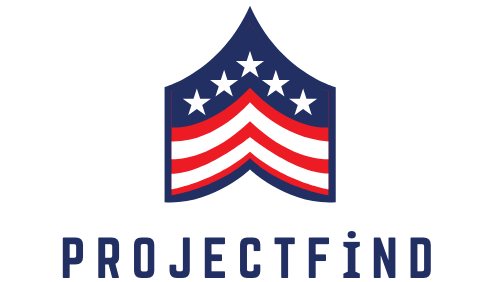Project Matrix: Revolutionizing Software Development Project Management
The Project Matrix stands out as an efficient project management model tailored for software development projects. This model operates seamlessly without necessitating any additional resources beyond those conventionally designated for a software development project. Its track record includes successfully orchestrating the efforts of diverse team members, streamlining project operations, simplifying the intricacies of the software development process, and consistently yielding outcomes of superior quality.
What is Project Spec software?
ProjectSpec stands out as the industry’s premier and user-friendly full-featured product specification package. Boasting unrivaled power and simplicity, ProjectSpec empowers users to effortlessly generate a comprehensive parts list inclusive of options such as fabrics, trims, finishes, and corresponding prices. This dynamic specification serves a myriad of purposes, including bids, proposals, invoices, purchase orders, and can seamlessly transmit electronic orders to manufacturers. Moreover, ProjectSpec files facilitate smooth integration into select accounting and asset management systems.
With an intuitive interface and production-oriented features, ProjectSpec caters to all levels of dealer and design professional staff, including design, sales, order processing, development, and management. The ProjectSpec site license extends the program’s accessibility to any computer within a single location, even accommodating portables for professionals on the move. The sales management team benefits from tools like inventory control, client standards programs, and “what if” scenarios, all bundled into ProjectSpec at an affordable price point.
What is the purpose of the project matrix?
The Project Planning Matrix (PPM) serves as a powerful tool for decision-makers, offering a systematic approach to delineate project objectives, goals, and the strategic alignment of project outputs and inputs. This technique proves invaluable in the meticulous planning of projects, furnishing decision-makers with an objective framework for project evaluation and the articulation of assumptions related to causal linkages.
At its core, the PPM furnishes a concise, one-page overview of any project, underpinned by causal reasoning and thoughtful analysis. By establishing a clear cause-and-effect relationship, the PPM empowers stakeholders to map out the potential outcomes of specific project activities, fostering a comprehensive understanding of the project landscape.
What are the benefits of preparing a project matrix?
Benefits of the Matrix Organizational Structure
The matrix organizational structure offers numerous advantages, providing a dynamic framework for collaboration and efficiency within an organization. Here are some key benefits:
- Collaboration Across Departments: One of the primary advantages of the matrix structure is its ability to facilitate collaboration among highly skilled team members from diverse departments. This promotes synergy within the organization, allowing it to harness internal expertise without the need for external recruitment.
- Integration of Project and Functional Management: The matrix structure seamlessly integrates project management with functional management, fostering adaptability and enabling swift responses to changing market conditions. This dual approach enhances organizational efficiency by combining the strengths of both structures.
- Enhanced Interdepartmental Communication: The matrix structure promotes improved communication and collaboration between different departments. By breaking down silos and encouraging cross-functional teamwork, this organizational model creates an open work environment that contributes to greater dynamism.
- Skill Development Opportunities: Employees operating within a matrix structure have the chance to enhance various skills, including interpersonal and communication skills. The multi-managerial nature of this structure exposes individuals to diverse experiences, allowing them to cultivate new skill sets by collaborating with various departments.
- Retention of Functional Roles: Unlike traditional project structures where roles may shift after project completion, the matrix structure allows team members and managers to retain their functional roles. This continuity helps avoid misconceptions about job security, as team members seamlessly transition back to their usual responsibilities at the project’s conclusion. This also enables team members to participate in future projects without disruptions.


